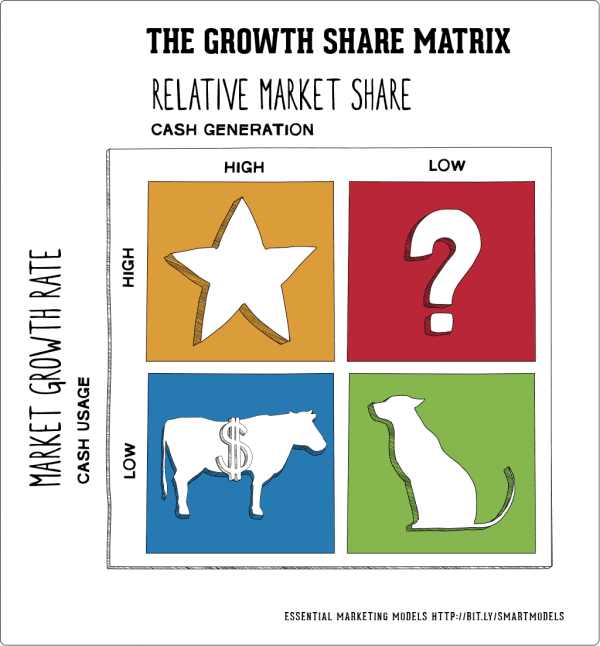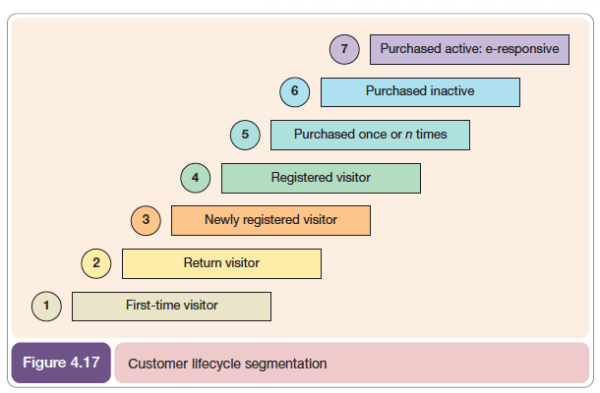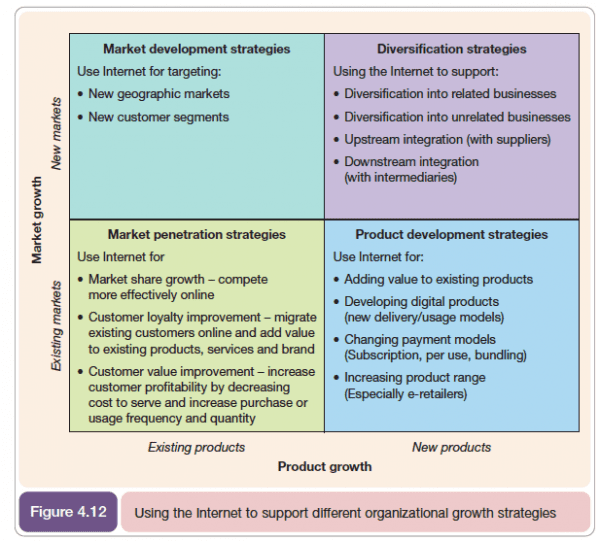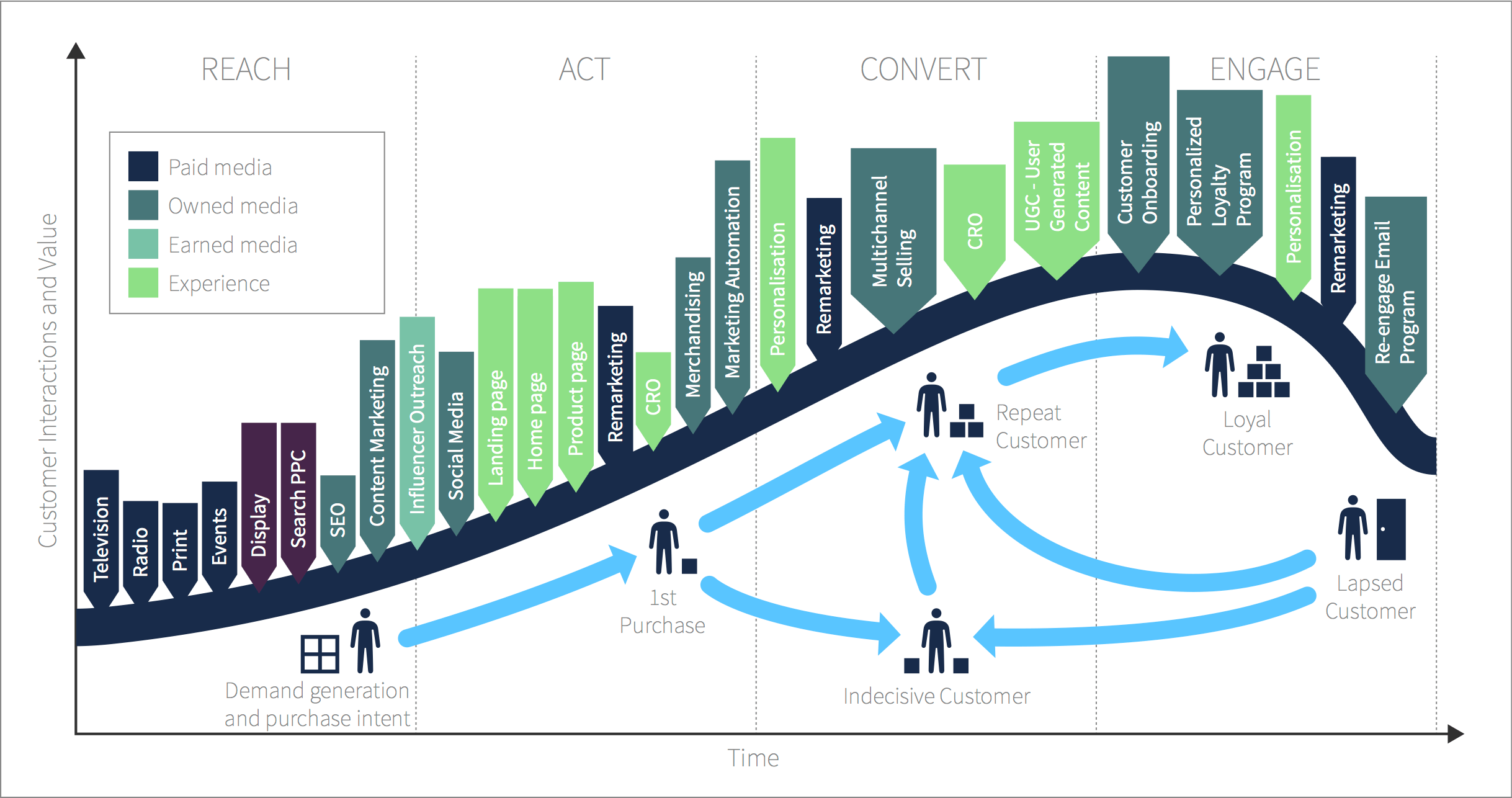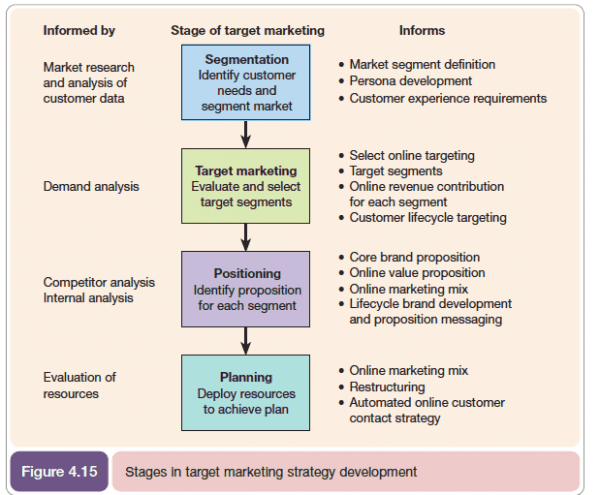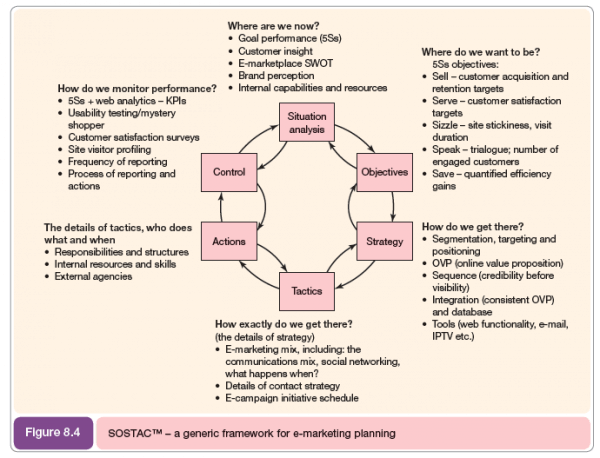Title: Empowering excellence and building strong foundations: The crucial role of middle leaders in schools.
Introduction:
In the realm of education, the focus on leadership is not limited to the principal or headteacher alone. Rather, there exists a cadre of influential individuals known as middle leaders who play a pivotal role in shaping the success of schools. These middle leaders, often heads of departments or coordinators, serve as the bridge between the senior leadership team and the classroom teachers. They are responsible for implementing school policies, driving educational initiatives, and nurturing a culture of excellence and collaboration within their respective departments. This essay delves into the significance of middle leaders in schools and how their expertise contributes to fostering an environment of growth and achievement.
1. The Definition and Characteristics of Middle Leaders:
Middle leaders are individuals who hold leadership roles within specific departments or subject areas in a school. Their responsibilities encompass a wide range of tasks, including curriculum development, staff management, data analysis, and instructional improvement. Middle leaders possess a unique blend of qualities that make them effective in their roles, such as strong communication skills, instructional expertise, adaptability, and the ability to motivate and inspire their team.
2. Facilitating Effective Communication:
One of the primary roles of middle leaders is to facilitate effective communication between the senior leadership team and the teachers. They act as the voice of their department, conveying the needs, concerns, and ideas of their colleagues to the school's decision-makers. In this capacity, middle leaders help create a collaborative and inclusive school environment where all stakeholders' opinions are considered in shaping the school's vision and strategic direction.
3. Implementing School Policies and Initiatives:
Middle leaders play a vital role in translating the school's vision and policies into actionable plans within their departments. They ensure that all teachers are aligned with the school's objectives and that the curriculum is consistently delivered with high standards. By doing so, they contribute to the overall success and achievement of students, ensuring a coherent and progressive learning experience.
4. Professional Development and Mentorship:
An essential aspect of middle leaders' responsibility is nurturing the growth and development of their team members. They provide ongoing support, mentorship, and professional development opportunities to help teachers refine their instructional strategies and stay updated with the latest educational trends. Through fostering a culture of continuous improvement, middle leaders empower their team to be better educators, ultimately benefiting the students they serve.
5. Monitoring Progress and Accountability:
Middle leaders are responsible for tracking the progress and performance of their departments and subject areas. They analyze data, identify trends, and take proactive measures to address any areas of concern. By holding themselves and their team accountable for results, middle leaders contribute to the school's overall success and improvement, ensuring that students receive a high-quality education.
6. Building a Collaborative Culture:
Middle leaders have a unique opportunity to foster a collaborative and positive culture within their departments. By encouraging teamwork, open communication, and sharing best practices, they create an environment where teachers feel supported and empowered to take risks and innovate in their teaching methods. This collaborative culture extends to students, encouraging them to work together, exchange ideas, and grow as learners.
Conclusion:
Middle leaders in schools hold a position of immense influence, acting as the driving force that bridges the gap between senior leadership and classroom teachers. Their role encompasses effective communication, implementation of school policies, mentorship, accountability, and the establishment of a collaborative culture. The collective efforts of middle leaders contribute to creating an environment of excellence, where students thrive, teachers flourish, and the entire school community benefits from a shared vision of educational success. Acknowledging and empowering middle leaders is essential for the sustainable growth and advancement of any school.


